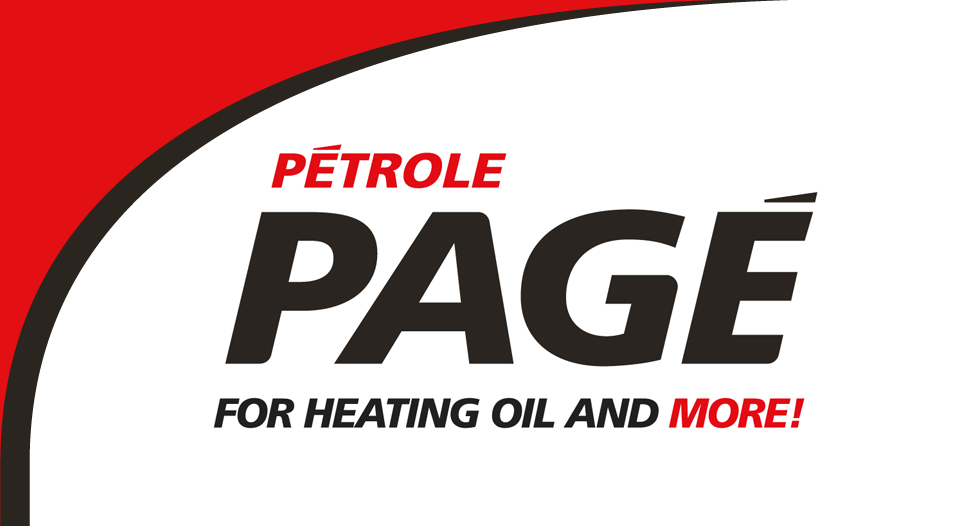Ventilation allows you to keep the interior of your home comfortable and maintain good indoor air quality. It also contributes to the health of the home’s occupants.
When a house is not equipped with a mechanical ventilation system, the quantity of fresh air entering it is largely unpredictable. New construction techniques and materials are able to make houses more impervious, resulting in the need for good ventilation.
What is the purpose of a mechanical ventilation system?
A mechanical ventilation system is made of two distinct parts: it expels the air of a home outdoors or draws fresh air into the home.
Expelling air serves to evacuate odours, excess humidity and pollutants contained in the home’s ambient air. Drawing in fresh air from outside serves to replace stale air with clean air. These two simultaneous actions play an important part in regularly renewing the indoor air that you breathe.
What are the possible problems of inadequate ventilation?
Inadequate ventilation inevitably generates excess humidity caused by showers, baths and cooking. Excess humidity inside the home can cause many problems such as condensation on the windows, the premature deterioration of the home and the proliferation of mold which is harmful to your health.
Another aspect of inadequate or insufficient ventilation is the increased concentration of (chemical and biological) contaminants contained in the air. For example, carrying out extensive home projects, stripping furniture, using gas-fired equipment or engaging in any other similar activity quickly degrades indoor air quality when there is a lack of ventilation.
Note that you can confront the problem of contaminated indoor air by limiting the source of indoor pollutants, such as refraining from storing large quantities of paints or cleaning products, which are easily avoidable sources of contamination.
What does the installation of a ventilation system entail?
The installation of a ventilation system is a necessity for almost all homes. In order for the system to be adapted to the particular conditions and needs of each home, it must be installed by a competent ventilation professional under the requirements of the Québec Construction Code.
The ventilation system of a standard new home is composed of:
- A heat recovery ventilator (HRV). It is used to extract air from the house as it simultaneously draws in fresh air. In winter, it recovers the heat from the air extracted from the house projected outdoors in order to transfer it to the air drawn into the house. Air is usually extracted from bathroom(s) and fresh air is brought into the living room, bedrooms and rooms that are closed on a regular basis.
- A range hood to expel cooking fumes directly outdoors.
- A stand-alone bathroom extractor that is used to extract humid air from showers and odours from the toilet. A stand-alone extractor is used when bathroom air is not extracted by an HRV.
- A network of ducts that makes the air flow between the ventilation equipment, the rooms of the house and the outside. Rigid and airtight ducts are advisable because air flows more easily through them than the flexible ones.
For more information on ventilation systems, please send us your request in filling out our online order form, click here.
Or contact us:
450 224-2941 or toll free 1 888 224-2941.
Email: service@petrolepage.com.

